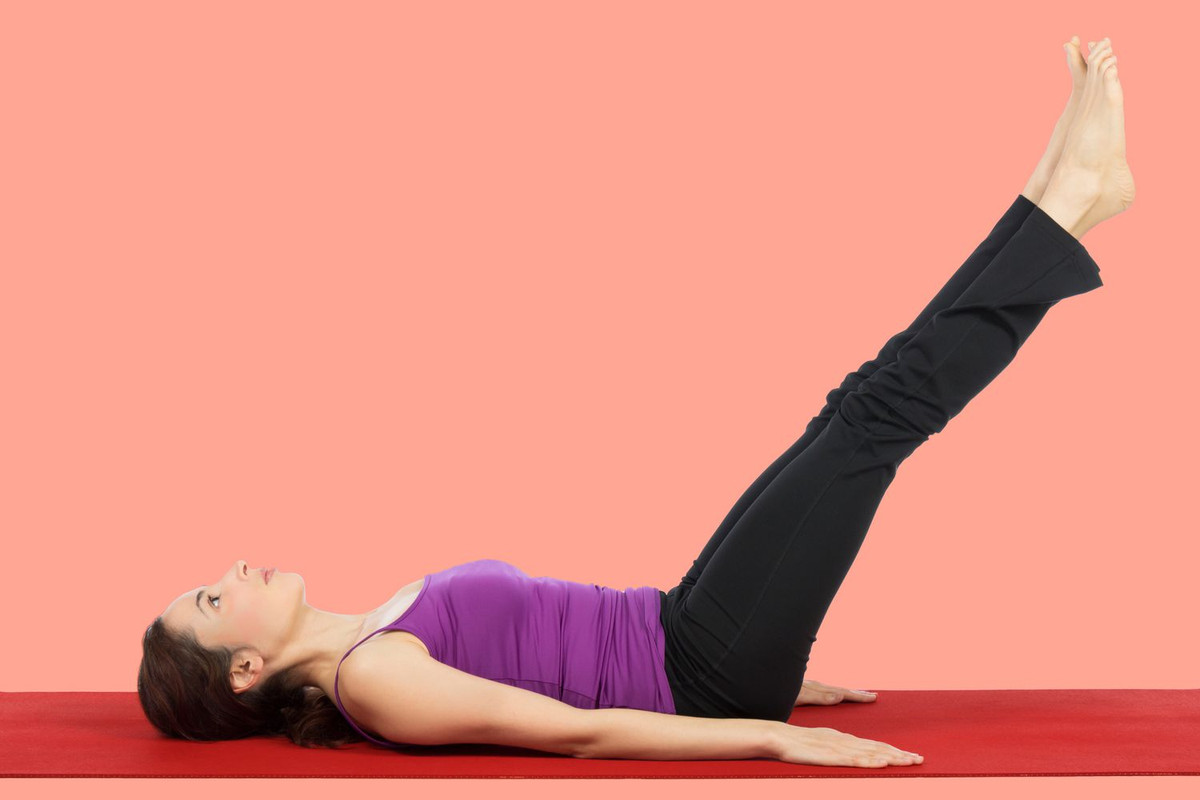
Isometric Exercises For Full Body Strength
If you want to burn calories without moving your muscles significantly, there is a way out - isometric workouts. What is an isometric exercise? Here is one example. Bring your palms together and press them against each other. You have strain in your shoulders, chest, and arm. In other words, it functions as a tension exercises It is as easy as that, and there are various methods to achieve it.
There is practically any movement, yet the target is constricted and triggered. These workouts are ideal for improving strength and burning 2 to 5 calories a minute. They are a blessing for those with shoulder and/or knee ailments and may even help decrease blood pressure.
In this post, we look at the nine finest isometric exercises to do at the gym or at home, how to do them, their advantages, and more. Let’s get started!
What Is Isometric Exercise?
Isometric exercise is a static strength training activity.
It stimulates or contracts the muscles without observable movement of the body. These workouts employ self-resistance instead of weights/resistance bands to contract the muscle fibers. Also, these workouts may be varied in intensity by modifying how much resistance you use or how long you maintain the posture. This makes them perfect for everyone, whether you are a novice or an established athlete.
Isometric exercises are commonly used by physiotherapists for rehabilitation. They also lower muscular fatigue, neck discomfort, and blood pressure and increase flexibility, core strength, and walking speed in senior adults. Let’s have a look at a few examples of isometric exercises below.
Examples Of Isometric Exercises
Before we continue with the isometric exercise examples, here’s the golden guideline for executing these exercises:
Golden Rule: Squeeze your muscle fiber, take a deep breath, perfect your posture, hold it, and release.
1. Isometric Shoulder Internal Rotation

- Muscles Activated - Subscapularis, pectoralis, and deltoids.
How To Do
-
Roll a small towel and keep it between your right elbow and the region at the lower rib cage.
-
Put your left hand against your right palm/fist.
-
Push your right fist inwards or towards your body. Simultaneously, press your raised palm to block the inward movement of your right hand.
-
Hold it for 3 seconds and relax. Do it 10 times, twice a day.
-
If you have an injury, do not apply too much pressure.
2. Isometric Shoulder External Rotation
- Muscles Activated - Subscapularis, pectoralis, and deltoids.
How To Do
-
Roll a small towel and insert it between your right elbow and the region at the lower rib cage.
-
Place your left hand on the outside of your right fist.
-
Push your right fist outwards or away from your body. At the same time, force your lift palm inward to block the outward movement of your right hand.
-
Hold it for 3 seconds and relax. Do it 10 times, twice a day.
-
If you have an injury, do not apply too much pressure.
3. Isometric Lateral Raise
- Muscles Activated – Deltoids, serratus anterior, upper traps, and supraspinatus.
How To Do
-
Stand upright with the legs shoulder-width apart.
-
Hold a dumbbell in each hand, and roll your shoulders back.
-
Raise both your hands to the shoulder level.
-
Hold this stance with your core engaged for 30 seconds.
4. Isometric Lying Leg Raise

- Muscles Activated – Hamstrings, quadriceps, and abductors.
How To Do
-
Lie down on your right side.
-
Place your left hand on your waist. Bend your right elbow, and position it underneath your right shoulder to support your body. Place your right forearm on the floor.
-
Lift your left leg. Hold for 3 – 5 seconds and release.
-
Do 2 sets of 8 repetitions on each side.
5. Isometric Quad Exercise
- Muscles Activated – Quadriceps
How To Do
-
Sit on a mat with your legs stretched forward.
-
Place a towel roll or a noodle beneath your right knee.
-
Place both hands at the back on the mat for support.
-
Press your knee down on the towel roll or noodle.
-
Hold for 3 seconds and release.
-
Do 10 repetitions before switching legs.
6. Isometric Hamstring Exercise
- Muscles Activated — Hamstrings, quadriceps, and calves.
How To Do
-
Sit on a mat with your right knee bent and left leg stretched forward.
-
Place a towel roll or a pressure measuring device beneath your right heel.
-
Place both your palms at the back on the mat for support.
-
Press your knee down on the towel roll or the equipment.
-
Hold for 3 seconds and release.
-
Do 10 repetitions before switching legs.
7. Isometric Ball Squat
- Muscles Activated – Quads, hamstrings, and glutes.
How To Do
-
Place a gym ball between your lower back and a wall.
-
Slowly step forward to get into a squat stance. The ball will roll up to your mid-back.
-
Hold this stance for 10 seconds. Keep breathing.
-
Do 6 times.
-
Avoid it if you are healing from an injury.
8. Isometric Hip Abduction

- Muscles Activated - Abductors, hamstrings, and quads.
How To Do
- Sit on a mat and keep both the knees bent.
- Place a resistance band or a strap immediately over your knees.
- Push your thighs outwards.
- Hold it for 3 seconds and release.
- Do this 10-12 times.
Read Also: Muscle-Building Exercises for Beginners
Safety Considerations For Isometric Exercises
-
Always warm up before commencing isometric workouts to prevent damage.
-
Focus on your form to minimize strain and maintain a neutral spine and relaxed shoulders.
-
Start with shorter holds and progressively increase the time as you gain stronger.
-
Listen to your body. If you feel pain or discomfort, cease the workout and seek rest.
-
Avoid holding your breath; breathe normally while executing the activities.
-
Consult a healthcare expert before starting if you have any current health issues.
-
Stay hydrated, especially if you are undertaking a lengthy workout.
-
Choose a solid and comfortable platform to do your workouts.
-
Avoid locking your joints and maintain them slightly bent to lessen the chance of damage.
-
Don’t push yourself too much. Allow for ample break between sets.
-
Ensure sufficient diet to support your exercises and recuperation.
-
Consider integrating a range of workouts to target different muscle groups.
-
If you are new to exercising, try working with a trainer to learn correct skills.
-
Be alert of your surroundings to avoid mishaps when exercising.
Following the exercises the appropriate manner will help you get healthy, but do they actually contribute to your strength? Find out in the next section.
Are Isometric Exercises A Good Way To Build Strength?
Yes, isometric workouts assist improve muscular strength. They are used by physiotherapists to rehabilitate muscles, restore muscular strength, and speed up the recovery process. Additionally, you may blend bodyweight activities (like calisthenics), plyometric exercises, and weightlifting with isometric exercises to get a whole body workout and test your boundaries.
Apart from improving muscular strength, toning, and injury healing, here are a few other benefits of isometric workouts.


